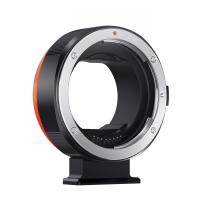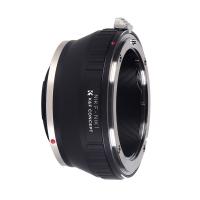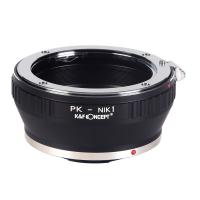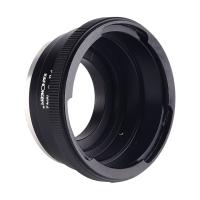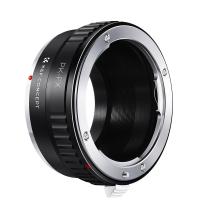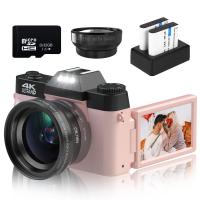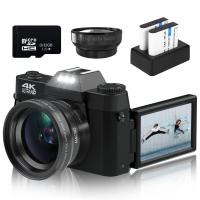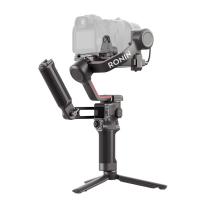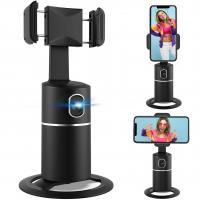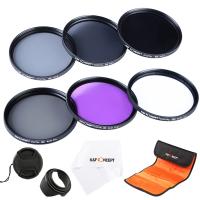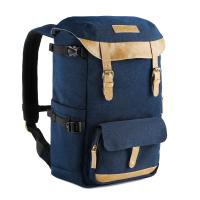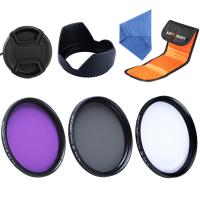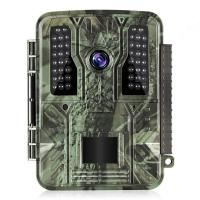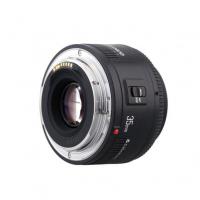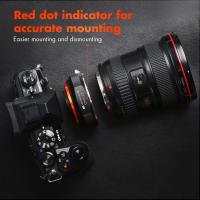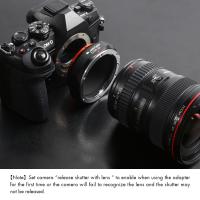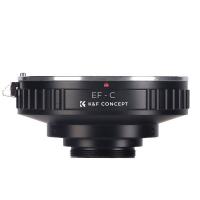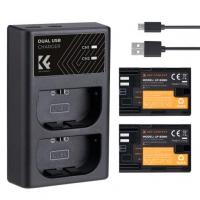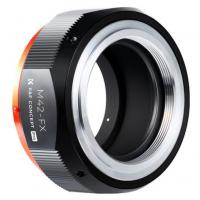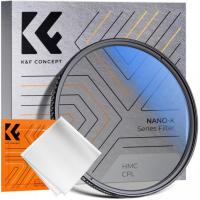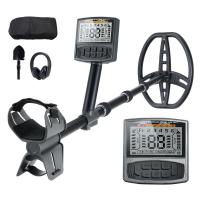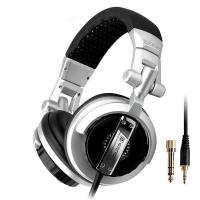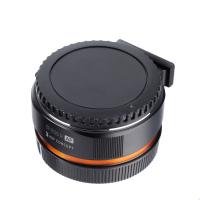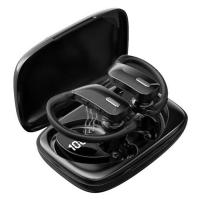Does Mirrorless Camera Need Lens?
In the ever-evolving world of photography, the debate between mirrorless cameras and traditional DSLRs continues to be a hot topic. One of the most common questions that arise, especially among beginners, is whether a mirrorless camera needs a lens. The short answer is yes, mirrorless cameras do need lenses. However, the reasons behind this requirement and the implications for photographers are worth exploring in detail. This article aims to provide a comprehensive understanding of why lenses are essential for mirrorless cameras and how they impact your photography experience.
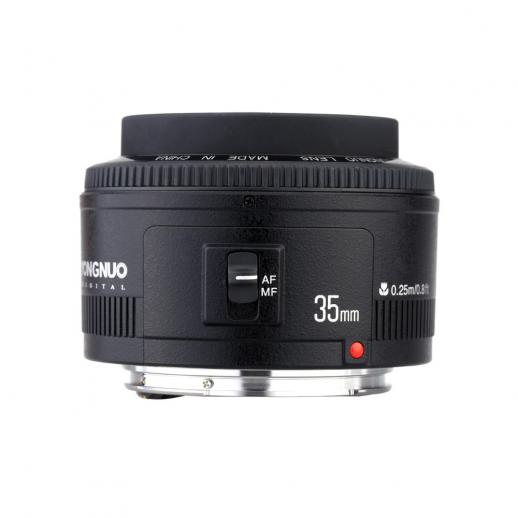
Understanding Mirrorless Cameras
Before diving into the necessity of lenses, it's crucial to understand what a mirrorless camera is. Unlike traditional DSLRs, which use a mirror mechanism to reflect light into an optical viewfinder, mirrorless cameras do away with this mirror system. Instead, they rely on an electronic viewfinder (EVF) or the camera's LCD screen to display the image. This design allows for a more compact and lightweight camera body, making mirrorless cameras a popular choice for photographers who prioritize portability.
The Role of Lenses in Photography
Lenses are an integral part of any camera system, whether it's a DSLR or a mirrorless camera. The lens is responsible for focusing light onto the camera's sensor, which then captures the image. Different lenses offer various focal lengths, apertures, and other features that can significantly impact the quality and style of your photographs. Here are some key reasons why lenses are indispensable for mirrorless cameras:
1. Image Quality
The quality of the lens directly affects the sharpness, clarity, and overall quality of the images you capture. High-quality lenses can produce stunningly sharp images with minimal distortion and aberrations. On the other hand, a poor-quality lens can result in blurry, distorted images, regardless of how advanced your camera body is.
2. Versatility
Lenses offer a wide range of focal lengths, from ultra-wide-angle to super-telephoto, allowing photographers to capture different types of scenes and subjects. For instance, a wide-angle lens is ideal for landscape photography, while a telephoto lens is perfect for wildlife or sports photography. The ability to switch lenses gives photographers the flexibility to adapt to various shooting conditions and creative needs.
3. Aperture Control
The aperture of a lens determines how much light enters the camera and reaches the sensor. It also affects the depth of field, which is the range of distance within a photo that appears acceptably sharp. A lens with a wide maximum aperture (e.g., f/1.4) allows for better low-light performance and the ability to create a shallow depth of field, resulting in beautifully blurred backgrounds (bokeh).
4. Autofocus Performance
Modern lenses come equipped with advanced autofocus (AF) systems that can significantly enhance the speed and accuracy of focusing. This is particularly important for action photography, where capturing fast-moving subjects requires quick and precise focusing. Mirrorless cameras, with their advanced AF systems, can take full advantage of these lenses to deliver exceptional performance.
Types of Lenses for Mirrorless Cameras
Mirrorless cameras are compatible with a wide variety of lenses, each designed to meet specific photographic needs. Here are some common types of lenses you might consider:
1. Standard Zoom Lenses
Standard zoom lenses, such as the 24-70mm or 18-55mm, offer a versatile range of focal lengths suitable for everyday photography. They are ideal for beginners and general-purpose use, providing a good balance between wide-angle and telephoto capabilities.
2. Prime Lenses
Prime lenses have a fixed focal length, such as 35mm or 50mm. They are known for their superior image quality and wide maximum apertures. Prime lenses are excellent for portrait photography, street photography, and low-light conditions.
3. Wide-Angle Lenses
Wide-angle lenses, typically ranging from 10mm to 35mm, are perfect for capturing expansive landscapes, architecture, and interior shots. They allow you to fit more of the scene into the frame, making them ideal for travel and real estate photography.
4. Telephoto Lenses
Telephoto lenses, such as the 70-200mm or 100-400mm, are designed for capturing distant subjects. They are commonly used in wildlife, sports, and event photography, where getting close to the subject is challenging.
5. Macro Lenses
Macro lenses are specialized lenses designed for close-up photography. They allow you to capture intricate details of small subjects, such as flowers, insects, and jewelry. Macro lenses typically have a 1:1 magnification ratio, meaning the subject appears life-size on the camera sensor.
Adapting DSLR Lenses to Mirrorless Cameras
One of the advantages of mirrorless cameras is their ability to use lenses from other systems, including DSLR lenses, with the help of lens adapters. This opens up a vast array of lens options for mirrorless camera users. However, it's essential to consider the following when using adapters:
1. Compatibility
Not all adapters are created equal. Some may support autofocus and image stabilization, while others may not. It's crucial to choose an adapter that is compatible with both your camera and lens to ensure optimal performance.
2. Size and Weight
Using an adapter can add bulk and weight to your camera setup, potentially negating the compact advantage of a mirrorless camera. It's essential to consider the overall size and weight when deciding to use adapted lenses.
3. Performance
While many adapters work seamlessly, some may introduce slight delays in autofocus or other performance issues. It's a good idea to read reviews and test the adapter with your specific camera and lens combination to ensure satisfactory performance.
In summary, lenses are an essential component of mirrorless cameras, just as they are for DSLRs. They play a crucial role in determining the image quality, versatility, and overall performance of your camera system. Whether you're a beginner or a seasoned photographer, investing in high-quality lenses can significantly enhance your photographic capabilities and help you achieve your creative vision.
Understanding the different types of lenses available and how they can be used with your mirrorless camera will empower you to make informed decisions and elevate your photography to new heights. So, the next time you pick up your mirrorless camera, remember that the lens you choose is just as important as the camera body itself.



